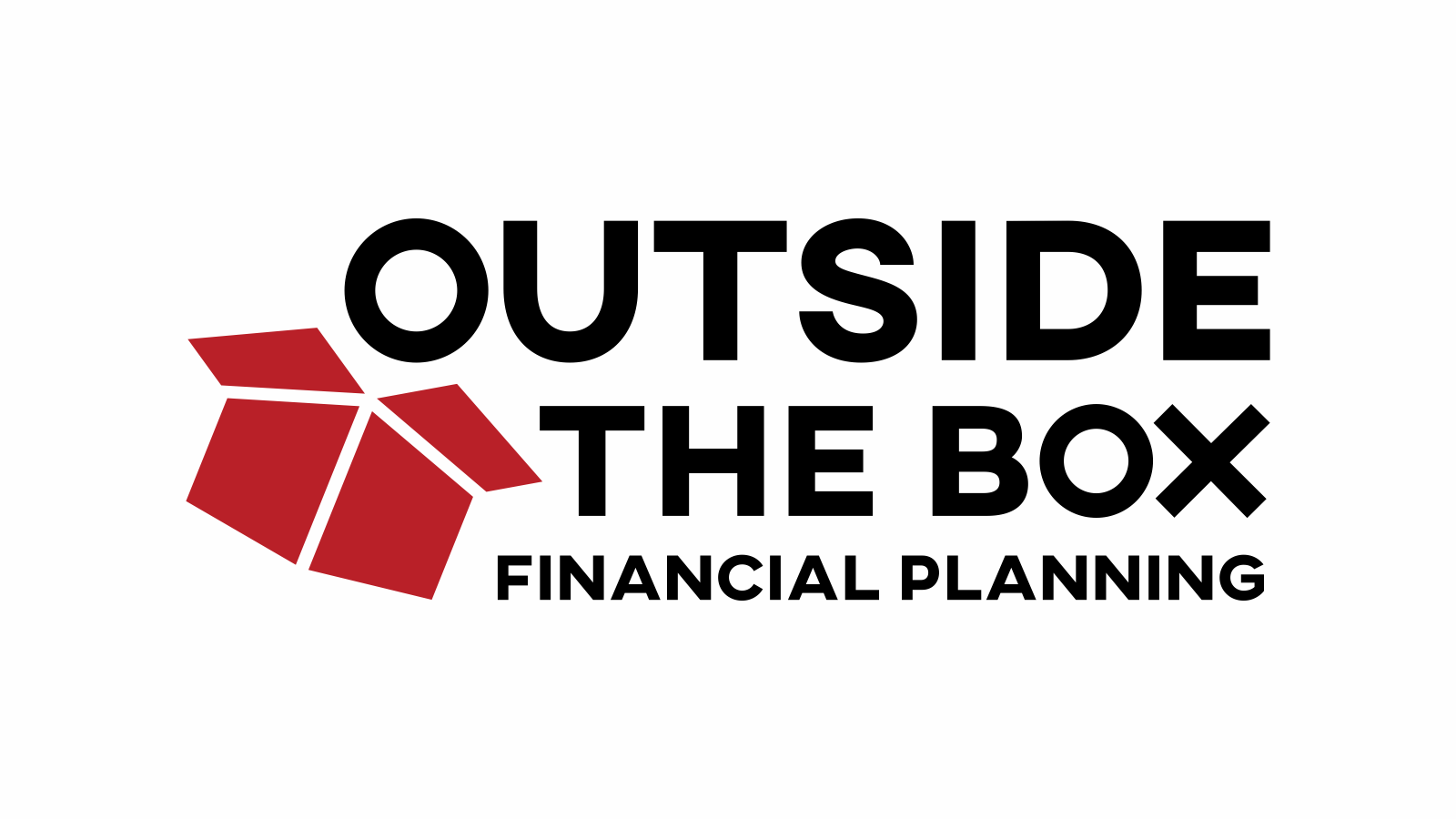Many large companies offer employees a 401(k) plan with some degree of matching contribution. Although this is a good employee benefit to have, you always should pay attention to the fees involved in your plan. Your plan provider charges various fees to invest, manage and administer the plan, and those fees are passed on to the participants who invest.
The Center for Retirement Research at Boston College reports that, in recent years, the fees charged by actively managed mutual funds — including those in 401(k) plans — have dropped. Since 2015, the average fee dropped from 0.78 percent to 0.75 percent. Around 15 years ago, fees averaged about 1 percent. However, fees for passively managed index mutual funds, generally referred to as index funds, average significantly less at 0.17 percent. Index funds passively track the investments of a specific market index; there is no manager actively choosing investments for the fund on a day-to-day basis.1
If you have a 401(k) plan through a current or former employer, I’d happy to help you determine what you are paying in fees and help you assess your financial situation. In many cases, the more investors learn about fees, the more they start choosing investments that cost less. The Center for Retirement Research suggests this by sharing that U.S. investors withdrew $627 billion from actively managed funds that charged the highest fees and invested $429 billion into lower-fee index funds in 2015 and 2016.2
The Department of Labor’s fiduciary rule, which took partial effect in June, has made it easier for investors to know what they are paying for by requiring the disclosure of all fees and commissions. This information must be in dollar form.3 In addition, FINRA, a self-regulatory organization that regulates broker-dealers in the United States, offers a Fund Analyzer tool on its website that can help investors estimate the impact of fees and expenses on an investment and research applicable fees and available discounts for specific funds.4
Are fees really that important? It can depend. If you are paying a money management firm to select investments and it does a great job of providing consistent performance over time, it may be worth what you pay in fees. But it may also be worth considering how your investments compare with the overall market. For example, over the past three years, the S&P 500 has increased by 26 percent (as of mid-June 2017).5 If you were invested in a low-expense S&P 500 index fund, you would have experienced impressive returns. But if you had been paying a high fee for an active manager yielding the same performance, it may not have been worth the expense.
Speaking of fees, be aware that the IRS permits investors to deduct certain expenses incurred on taxable investments, such as:
- Fees for investment counsel, including subscriptions to financial publications
- IRA or Keogh custodial fees (if paid by cash outside the account)
- Transportation to your broker’s or investment advisor’s office
- Safety deposit box rent if you use it to store certificates or investment-related paperwork
If you have a 401(k) plan through a current or former employer and would like help determining what you are paying in fees, I’m happy to help you assess your financial situation. Using a variety of investments, I can create a financial strategy that can help put you on the path toward your financial goals.
Content prepared by Kara Stefan Communications.
1 Center for Retirement Research at Boston College. June 29, 2017. “Mutual Fund Fees: Here’s What Matters.” http://squaredawayblog.bc.edu/squared-away/mutual-fund-fees-heres-what-matters/. Accessed July 5, 2017.
2 Ibid.
3 Investopedia. July 5, 2017. “DOL Fiduciary Rule Explained as of July 5th, 2017.” http://www.investopedia.com/updates/dol-fiduciary-rule/. Accessed July 13, 2017.
4 FINRA. “Fund Analyzer.” http://apps.finra.org/fundanalyzer/1/fa.aspx. Accessed July 5, 2017.
5 Dayana Yochim. Atlanta Journal Constitution. July 5, 2017. “This May Be Why You’re Down in an Up Market.” http://www.ajc.com/business/consumer-advice/this-may-why-you-down-market/hQWTwwUWlBhEKX8tJoyNHL/. Accessed July 5, 2017.
6 Rande Spiegelman. Charles Schwab. March 15, 2017. “Investment Expenses: What’s Tax Deductible?” http://www.schwab.com/insights/taxes/investment-expenses-whats-tax-deductible. Accessed July 5, 2017.
Neither the firm nor its agents or representatives may give tax advice. Be sure to speak with a qualified professional about your unique situation.
We are an independent firm helping individuals create retirement strategies using a variety of insurance and investment products to custom suit their needs and objectives. This material is intended to provide general information to help you understand basic financial planning strategies and should not be construed as financial advice. All investments are subject to risk including the potential loss of principal. No investment strategy can guarantee a profit or protect against loss in periods of declining values.
The information contained in this material is believed to be reliable, but accuracy and completeness cannot be guaranteed; it is not intended to be used as the sole basis for financial decisions. If you are unable to access any of the news articles and sources through the links provided in this text, please contact us to request a copy of the desired reference.
AE07175089C
